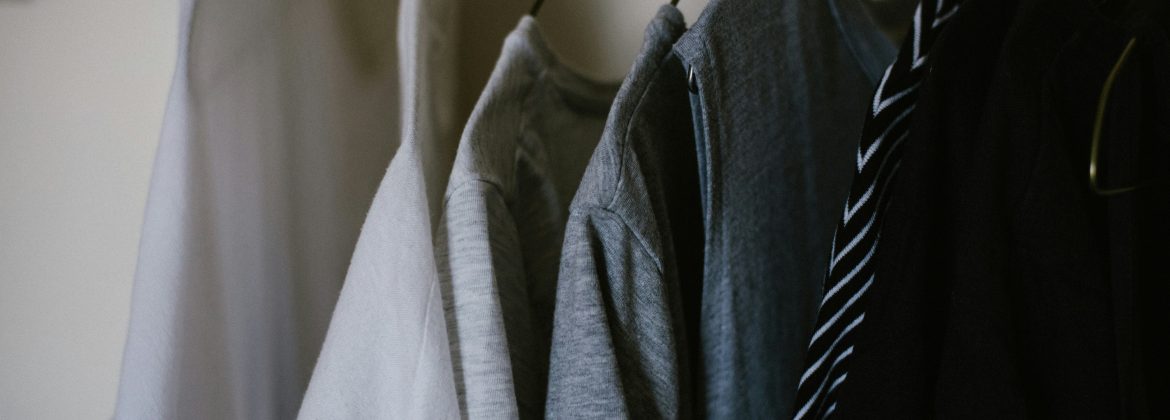The Evolution of Fashion and Apparel: From Ancient Times to Modern Trends
Fashion and apparel have been a part of human culture for centuries, evolving with time and reflecting the values and beliefs of different eras. From the intricate garments of ancient civilizations to the fast-paced trends of the modern world, clothing has always been a means of self-expression and social status.
In ancient times, clothing was more than just a practical necessity; it was a symbol of power, wealth, and social hierarchy. The ancient Egyptians, for example, were known for their luxurious fabrics and elaborate headdresses, which were reserved for the pharaohs and nobility. In ancient Rome, clothing was a way to distinguish between social classes, with sumptuary laws dictating what types of fabrics and colors could be worn by different groups of people.
As society evolved, so did fashion and apparel. The Middle Ages saw the rise of tailored clothing and the emergence of guilds that regulated the production of textiles and garments. The Renaissance brought a renewed interest in fashion and the creation of elaborate garments that showcased wealth and status. The Industrial Revolution revolutionized the way clothing was made, with the introduction of mass production and ready-to-wear clothing.
The 20th century saw a rapid evolution in fashion and apparel, with the rise of iconic designers such as Coco Chanel, Christian Dior, and Yves Saint Laurent. The post-war era brought a new sense of freedom and individuality, with clothing becoming a way to express personal style and creativity. The 1960s saw the emergence of youth culture and the rise of fashion icons such as Twiggy and The Beatles, who influenced the way people dressed and expressed themselves.
Today, fashion and apparel are more diverse and inclusive than ever before. With the rise of social media and online shopping, consumers have access to a wide range of styles and trends from around the world. Sustainable fashion has become a growing trend, with more and more brands focusing on eco-friendly materials and ethical production practices.
In conclusion, fashion and apparel have always been a reflection of society and culture, evolving with the times and reflecting the values and beliefs of different eras. From the luxurious garments of ancient civilizations to the fast-paced trends of the modern world, clothing continues to be a means of self-expression and social status. Whether you prefer classic styles or cutting-edge trends, fashion and apparel will continue to shape the way we dress and express ourselves for years to come.

